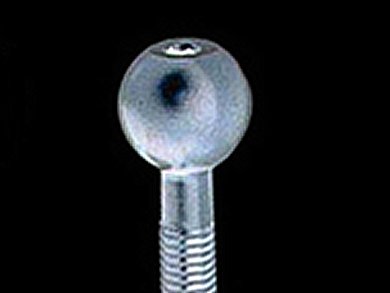Medical devices, such as cardiac pacemakers, are implanted in the body to improve physiological functions. Nevertheless, the immune system recognizes such implants as foreign and encapsulates them with a fibrotic membrane. This capsule prevents medical devices to properly function as it separates them from the surrounding tissues.
According to Lei Zhang and colleagues, University of Washington, USA, poly(carboxybetaine methacrylate) (PCBMA) hydrogels can be used to generate biocompatible medical implants that do not evoke the immune system reaction. The researchers demonstrated that, when implanted in mice, PCBMA hydrogels undergo only a minimal encapsulation, while other materials such as the conventional poly(2-hydroxyethyl methacrylate) hydrogels are rapidly engulfed into a thick fibrotic membrane. These results seem to be, at least partially, dependent on the fact that poly(carboxybetaine methacrylate) hydrogels are zwitterions.
- Zwitterionic hydrogels implanted in mice resist the foreign-body reaction,
Lei Zhang, Zhiqiang Cao, Tao Bai, Louisa Carr, Jean-Rene Ella-Menye, Colleen Irvin, Buddy D Ratner, Shaoyi Jiang,
Nature Biotechnol. 2013, 31, 553–556.
DOI: 10.1038/nbt.2580




